Correcting The Stigma Of Psychedelics - Part 1
"Life lived in the absence of psychedelic experience is life trivialized,
life denied, life enslaved to the ego." - Terence McKenna
- Introduction to Correcting the Stigma Series : Leo begins an in-depth, multi-part series aimed at addressing the stigma surrounding psychedelics and educating people on the breadth of this field.
- Neglect of Psychedelic Education : Leo points out the substantial gap in the education system, which often fails to cover the history, anthropology, chemistry, psychology, psychiatry, and recent scientific studies related to psychedelics.
- Confronting Societal Prejudice : The instant connection people make between psychedelics and drugs, often leads to prejudice, demonization, and ungrounded stereotypes that Leo aims to dismantle.
- Overcoming Personal Skepticism : Leo recounts his previous skepticism towards psychedelics, common in societal upbringing, and how his personal experiments with psychedelics changed his perspective.
- Critique of Anti-Psychedelic Sentiments : Leo argues that much of the negative perception of psychedelics stems from ignorance, with detractors often lacking direct experience and relying on cultural and educational misinformation.
- Potential Benefits and Importance of Psychedelics : He contends that psychedelics are not just neutral substances, but potentially crucial for human development and survival—a stark contrast to the common stigma.
- The Psychedelic Catch-22 : Leo describes the circular reasoning that prevents people from trying psychedelics: the baseless cultural belief that they are harmful, sustained by lack of personal experience and perpetuated by the same cultural narrative.
- Broad Definition of Psychedelics Being Discussed : The series will encompass substances like DMT, LSD, mescaline, psilocybin, iboga, salvia, and MDMA, differentiating them from harmful recreational drugs and misunderstandings stemming from legal classifications.
- Cannabis and Psychoactive Categorization : While edible cannabis can produce hallucinogenic effects, smoking it is typically less potent and not in the same class as traditional psychedelics. It's crucial to differentiate substances like LSD, psilocybin, and DMT from hard recreational drugs such as heroin, cocaine, and meth.
- Mistakes of Drug Classification : Common error in education and legal systems is grouping all drugs, including psychedelics, with dangerous substances like heroin and cocaine; for instance, the DEA schedules psychedelics as more harmful than meth, showcasing a misunderstanding.
- Education System's Drug Approach : Schools aim to provide basic survival education rather than promote spiritual or higher consciousness growth, which includes a simplified, cautionary narrative against all drugs, potentially negligent of the unique benefits and non-addictive nature of psychedelics.
- Potential and Risks of Substances : Unlike harmful, addictive drugs such as heroin, psychedelics like LSD and DMT aren't addictive and can significantly increase self-awareness and facilitate enlightenment, which education often overlooks due to a generalized anti-drug stance.
- Cultural Misunderstanding of Drugs : The broader culture often equates drugs with addiction, failing to recognize differences between psychedelic substances and addictive behaviors tied to substances and activities like sugar, caffeine, television, and the internet.
- Historical Context and Use of Psychedelics : Psychedelic plants are found globally, with historical evidence from prehistoric periods showing widespread use across cultures, highlighting human reliance on environment and herbalism long before city and civilization development.
- Human Interaction with Plants : Early humans, as hunter-gatherers, depended on plants for survival, becoming the first herbalists, differentiating between edible, medicinal, and harmful plants—a practice still seen in modern indigenous tribes, misperceived as primitive.
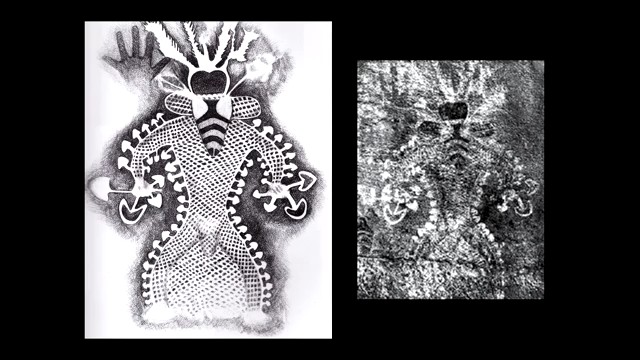
- Psychoactive Substances in Ancient Egypt : The ancient Egyptians, a deeply spiritual culture, venerated the acacia tree, which contains DMT, suggesting possible psychedelic use. The Blue Lotus, another revered plant, was used as a mild psychoactive, particularly in sexual contexts and festivities.
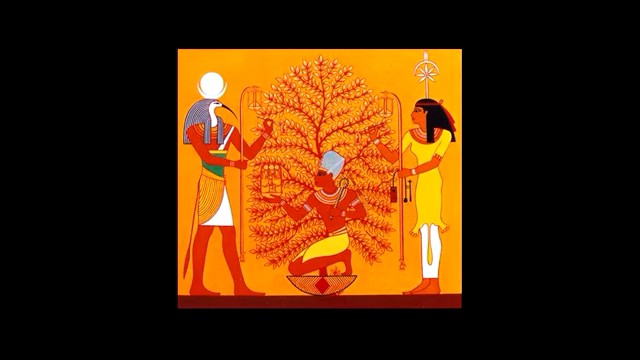

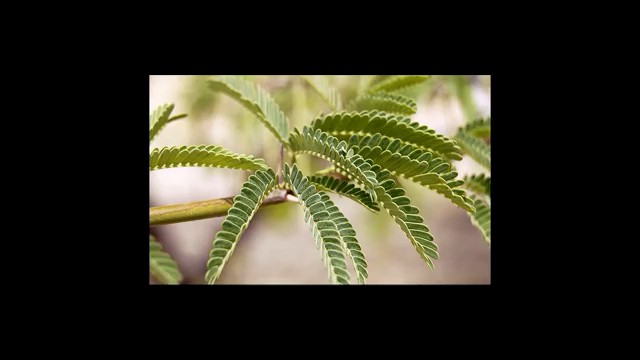
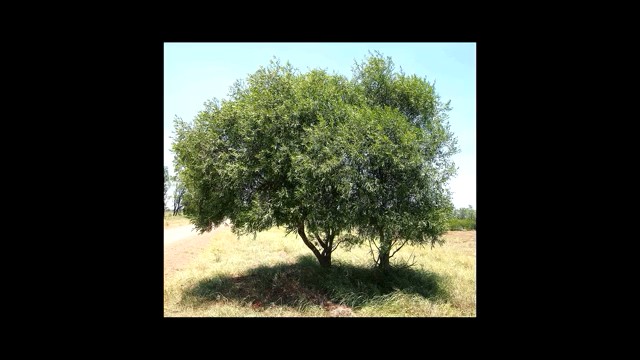
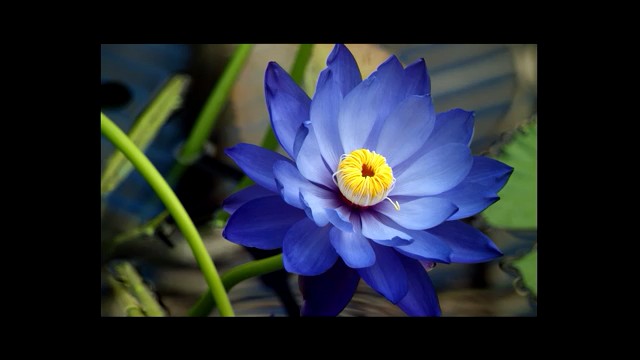
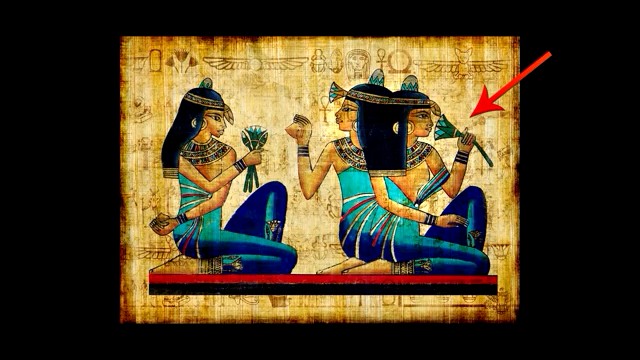
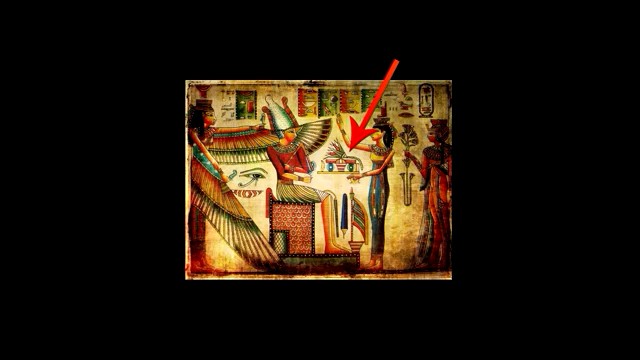
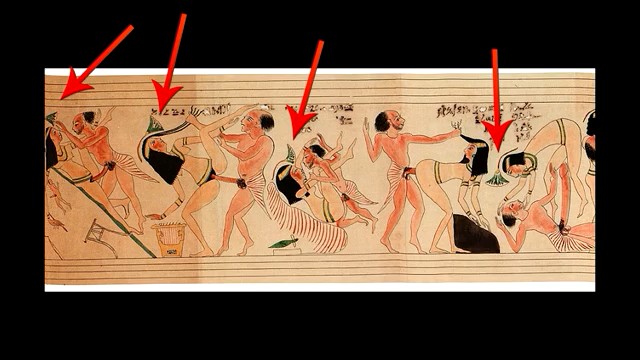
- Psychedelics in Primitive Cultures : Ancient cultures did not strictly distinguish between recreational and spiritual use of psychedelics; the use of these substances was seamlessly integrated into various aspects of life, including festivals, banquets, and parties.
- The Biblical Burning Bush and Acacia : The biblical story of Moses and the burning bush is linked to the acacia tree, which contains DMT. Ancient practices likely involved rituals that utilized the psychoactive properties of acacia.

- Yopo Seeds in Chile and Argentina : Archaeological evidence shows the use of yopo seeds dating back to 2130 BC. These seeds contain DMT and are traditionally snorted in rituals that are still practiced today.
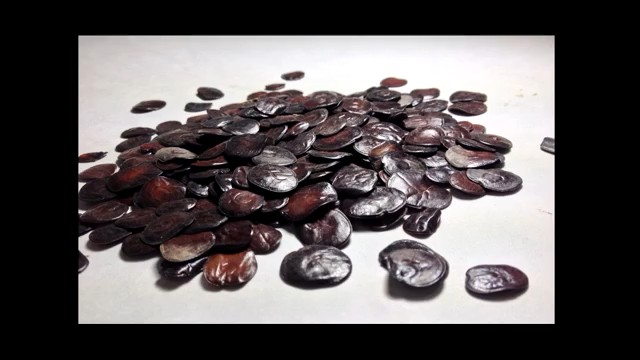
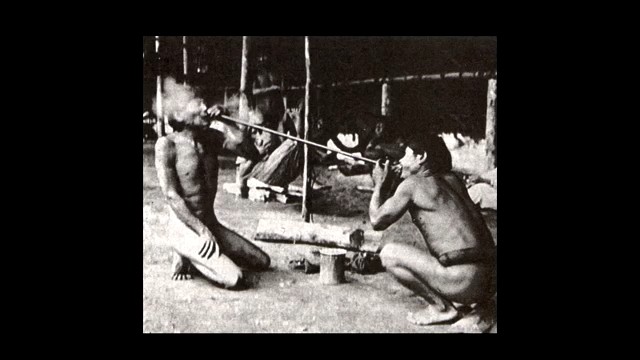
- Early Use of San Pedro and Peyote Cacti : San Pedro cactus with mescaline has been used since 8600-5600 BC, while peyote use dates back to 3780-3660 BC, demonstrated by carbon-dated buttons found in Texas.

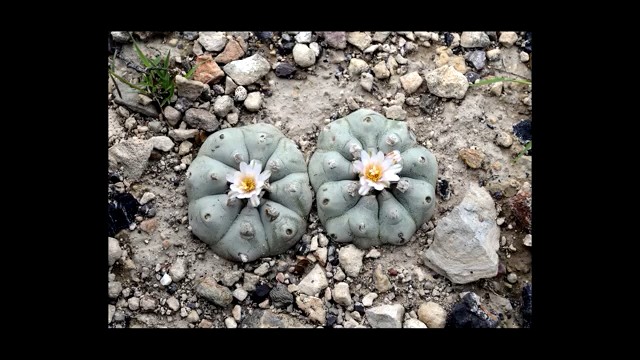
- Hallucinogenic Alcohol in Scotland : A site called Skara Brae shows evidence of alcohol brewed from wheat and infused with dangerous plants like henbane, hemlock, and belladonna, dating from 3180-2500 BC.

- Hallucinogenic Wine in Ancient Greece and Rome : Accounts suggest that Greek and Roman wine was infused with psychoactive substances like mushrooms and henbane, given the extreme effects described in historical records.
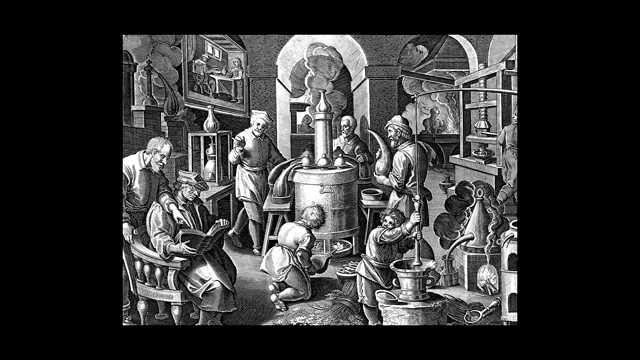
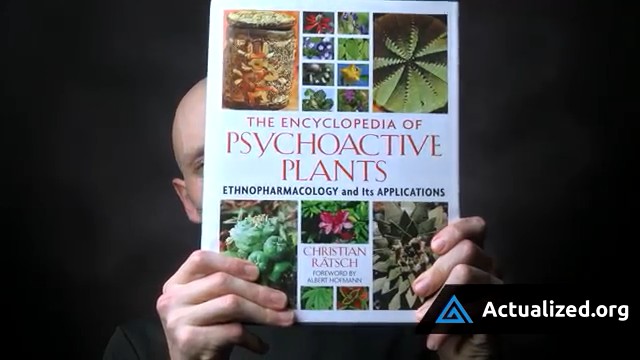
- Eleusinian Mysteries and Primitive LSD : The Eleusinian Mysteries cult involved a drink called 'Kykeon' which may have contained psychoactive elements extracted from Ergot fungus, similar to LSD.

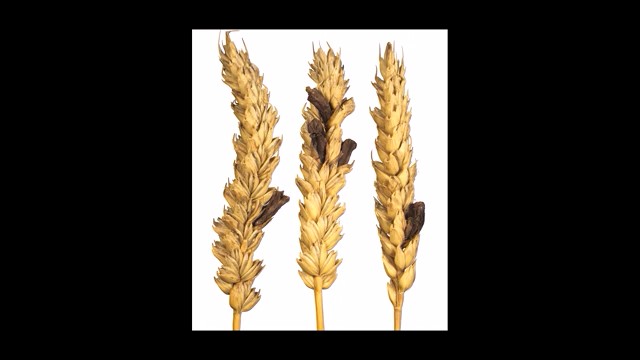
- Psychedelic Use in Ancient India : Ancient Hindu texts, the Vedas, particularly the Rig Veda, mention 'soma,' a psychoactive beverage, suggesting a history of psychedelic use going back to 1500-1200 BC.
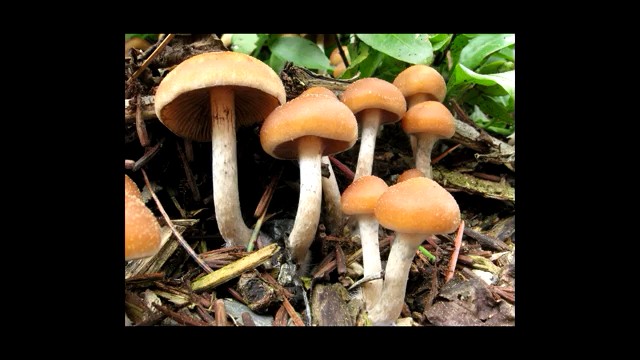
- Freemasonry and Acacia Symbolism : Freemasonry, with roots tracing back to ancient Egypt, uses the acacia branch symbol to represent liberation, spirituality, and truth.
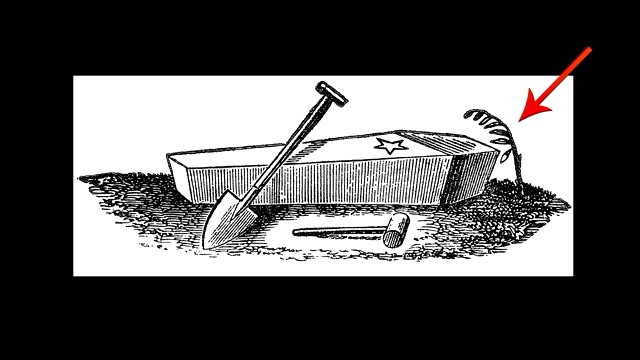
- Aztecs, Mayans, and Native American Psychedelic Rituals : The Aztecs and Mayans used mushrooms in rituals, and Native Americans practice peyote ceremonies, with some tribes having legal rights to continue these traditions.
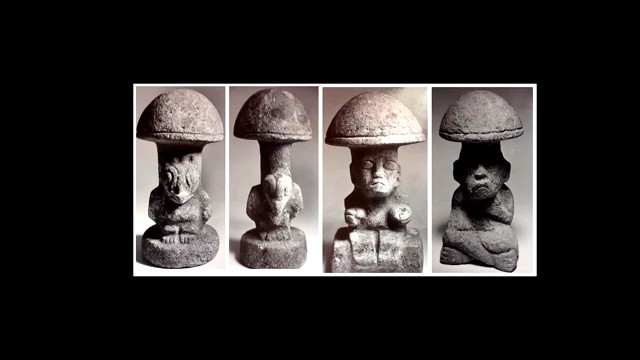
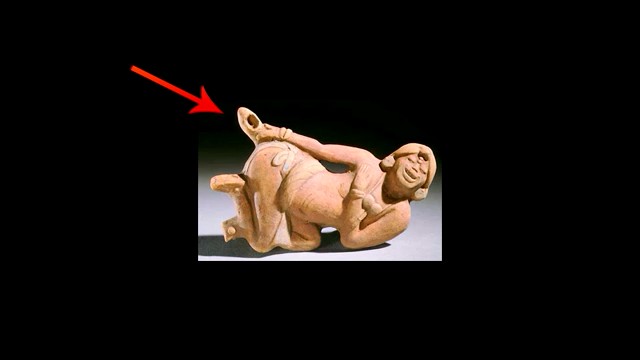
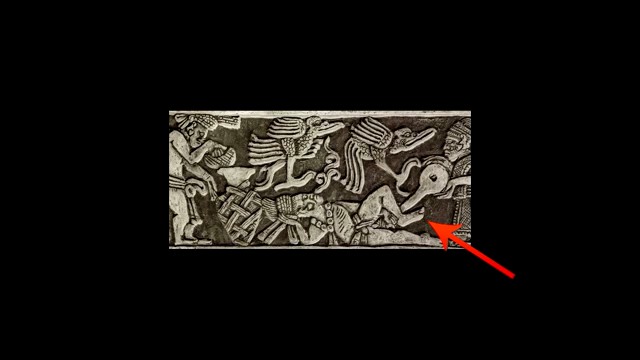
- Ayahuasca and Other Psychedelics in South America : Indigenous tribes in the Amazon use ayahuasca in spiritual practices, with the practice extending to modern-day tourism for spiritual purposes.


- Icelandic Psychedelic Lichen : In Iceland, some lichens are known to be psychoactive and can induce powerful trips, yet this is not well researched and is less known globally.
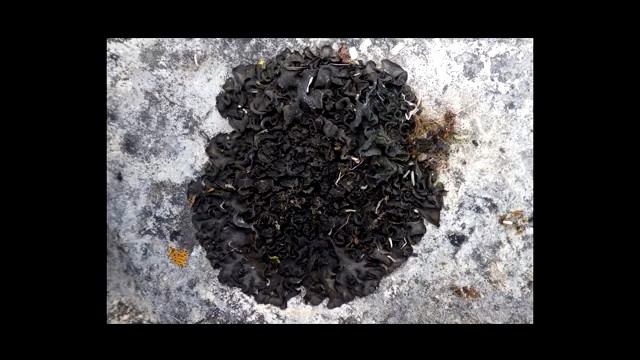
- Witchcraft and Psychoactive Substances : Witches were known to use 'flying ointments' containing various psychedelic and deliriant plants like henbane, Mandrake, belladonna, and datura to induce spiritual visions and out-of-body experiences.
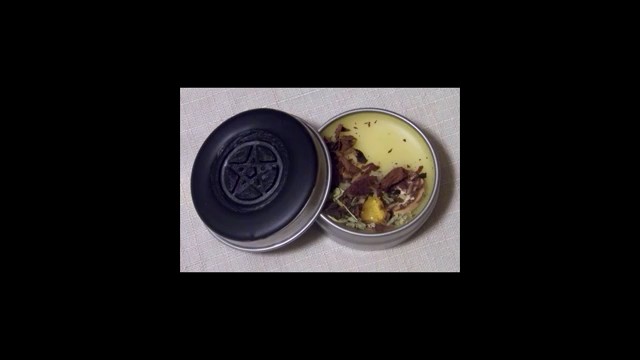
- Ancient Indian Use of Datura : Datura, depicted with Shiva in ancient Indian culture, is a powerful and dangerous deliriant. It risks inducing prolonged insanity and is lethal without proper preparation. Despite these risks, it holds a place in historic spiritual practices.
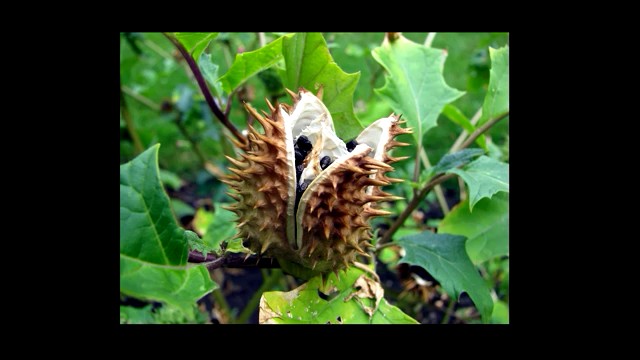
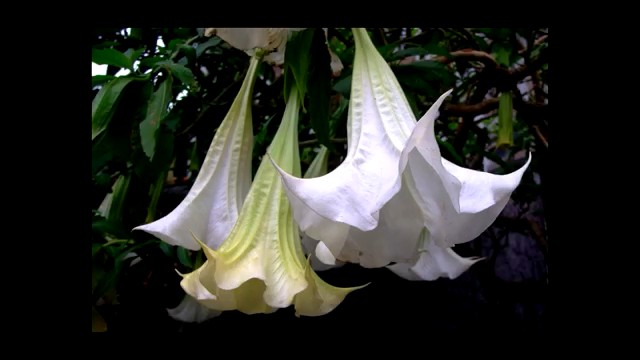
- Siberian Shaman and Amanita Muscaria : The term 'shaman' originates from Siberian healers who ingested Amanita Muscaria mushrooms—poisonous with psychoactive effects. They shared the psychoactive compounds through urine with followers, having filtered out the toxins.
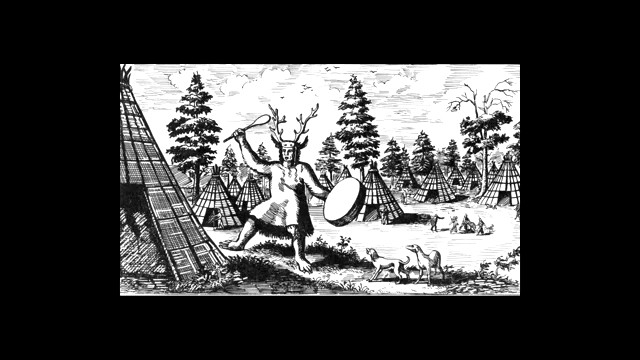

- Bwiti Tribe and Iboga : The Bwiti of West Central Africa use iboga, a potent and potentially lethal psychedelic, in rites of passage. The intensive experiences it facilitates are synonymous with transitioning to adulthood within the tribe.
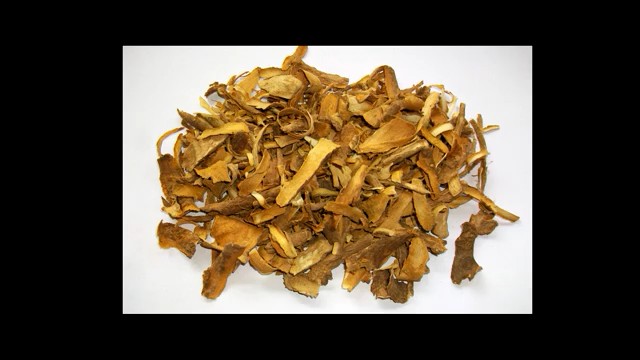
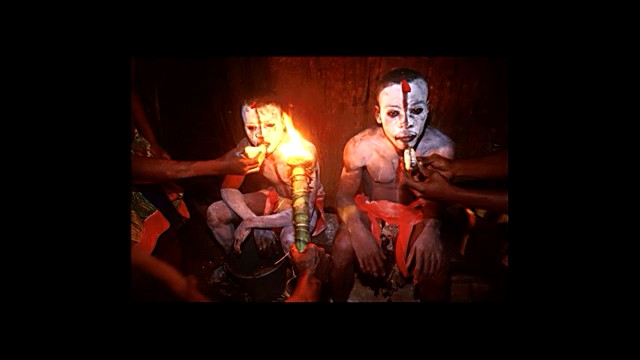
- Historical Use of Hashish : Hashish, from the cannabis plant, played a role in experiences and transformations in ancient India and the Middle East, with associations to the Arabic assassins.
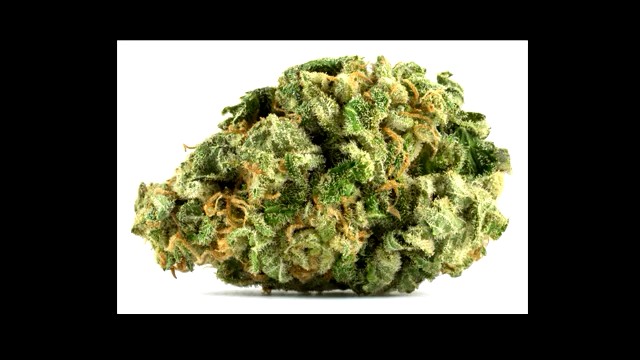
- Syrian Rue as a Potentiator : The plant Syrian Rue, widely found in the Middle East, is used to potentiate other psychedelics, drastically intensifying their effects.
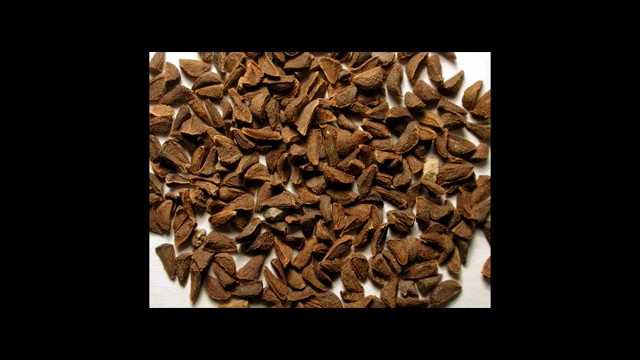
- Salvia Divinorum and Morning Glory in Mexico : Both Salvia Divinorum and Morning Glory seeds have been used by indigenous Mexican tribes for their psychoactive properties.
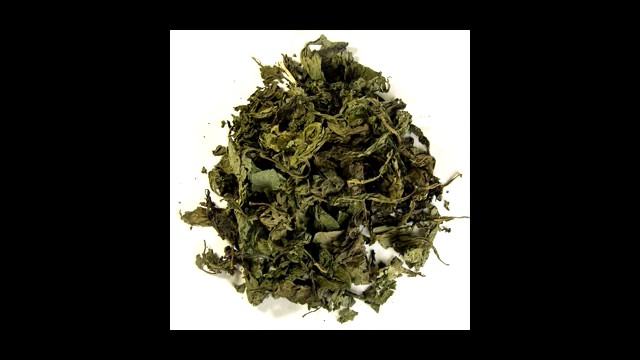

- Phalaris Grass Potential : Phalaris Grass, an ordinary-looking grass with high 5-MeO-DMT and DMT concentrations, is speculated to have been utilized by native cultures, although direct evidence is lacking.
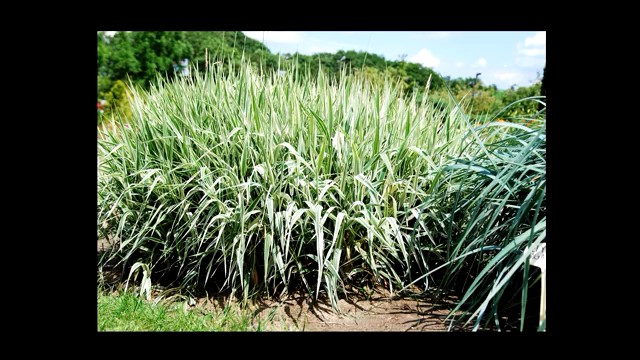
- Psychedelics as Civilization Catalysts : Psychedelics may have shaped art, spirituality, and civilization dating back 50,000 years. Ancient cave paintings potentially link the origins of civilization with psychedelic use.
- Psychedelics Quickening Spiritual Experiences : While spirituality can be attained through practices like yoga, psychedelics can expedite the process and make spiritual experiences more shareable within a culture.
- Medical Safety of Psychedelics : Psychedelics possess very low toxicity levels, are not addictive, and can actually aid in overcoming addictions. They provide increased consciousness and self-reflection beneficial in treating substance abuse.
- Medical Efficacy in Addiction Treatment : Substances like ibogaine, LSD, and DMT have shown remarkable anti-addictive properties, proving to be highly effective in treating alcohol, heroin, cocaine, and smoking addictions.
- Psychological Benefits from Psychedelic Use : Research and clinical trials indicate psychedelics' efficacy in addressing depression, anxiety, PTSD, autism, relationship issues, and anger management due to their consciousness-raising effects.
- Effectiveness of Psychedelics Against Depression : Psychedelics such as mushrooms, MDMA, and LSD raise consciousness and provide new perspectives, helping people to move past depression and ego-related issues.
- Psychedelics and PTSD : Clinical trials are showing effectiveness in treating PTSD, especially in veterans from wars in Iraq and Afghanistan, with the potential for future legalization for this specific condition.
- Psychedelics and Autism, End-of-life Issues : Research indicates these substances can assist with treating autism and can help alleviate the pain and fear of dying, particularly in cancer patients undergoing chemotherapy.
- MDMA in Relationship Counseling : MDMA has been shown to be very effective in resolving marital problems that could potentially end in divorce, as well as helping with social anxiety, anger management, and various neuroses.
- Raising Consciousness to Auto-correct Problems : The act of raising one's consciousness through psychedelics can naturally rectify many personal issues, providing a system for autoregulating detrimental behaviors.
- Pioneers in Psychedelic Research : Leo introduces researchers such as Rick Doblin of the MAPS program working with the FDA to gain approval for treatments using psychedelics for conditions like addiction and PTSD.
- International Success with Psychedelics for Addiction : Countries like Canada, Mexico, and Costa Rica have boasted success in treating hardcore drug addictions through legal ibogaine clinics, a contrast to its Schedule I status in the US.
- Dr. Octavio Rettig and Toad Venom : Dr. Octavio Rettig is recognized for his successful treatments using toad venom containing 5-MeO-DMT, helping thousands of addicts transform their lives.
- Pioneering Researchers like Stanislav Grof and Ralph Metzner : Insights into the therapeutic benefits of LSD and work in psychedelic therapy are highlighted, emphasizing the importance of this research field.
- Modern-day Religious and Therapeutic Applications : Legal religious use of ayahuasca in U.S. churches and successful therapeutic uses of psychedelics in various countries showcase modern responsible usage.
- Need for Education to Combat Psychedelic Stigma : Leo argues for educating oneself with scientific, anthropological, and psychological evidence supporting the benefits of psychedelics in addition to personal experiential understanding.